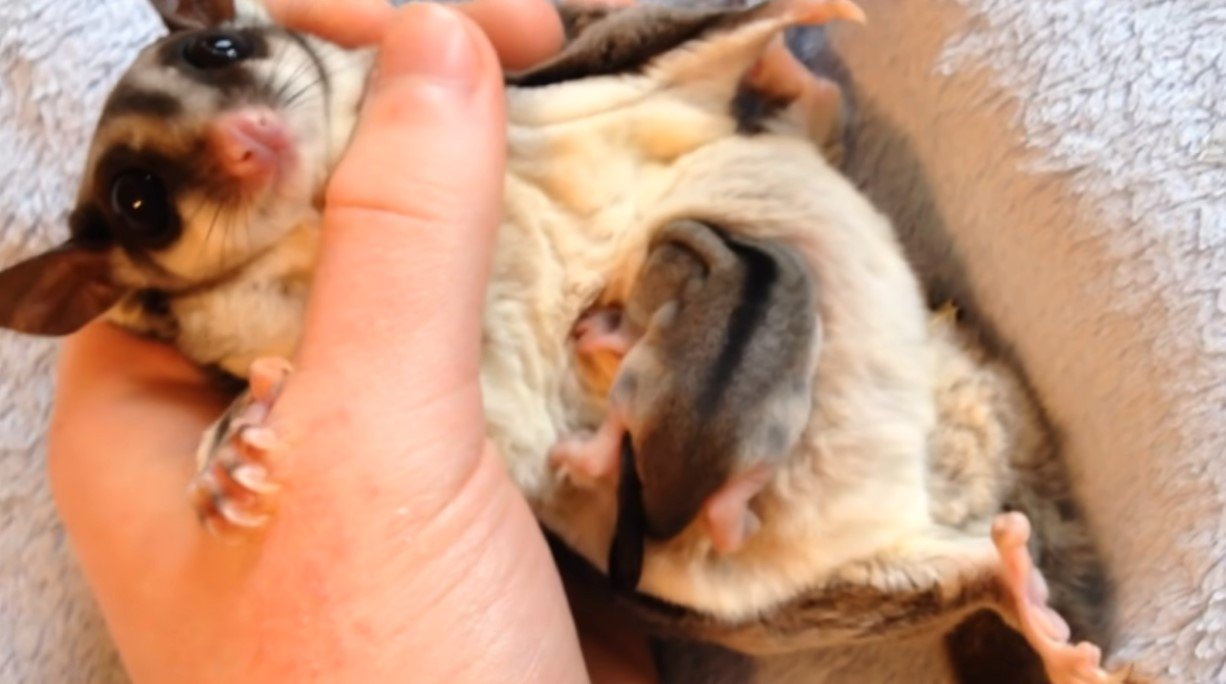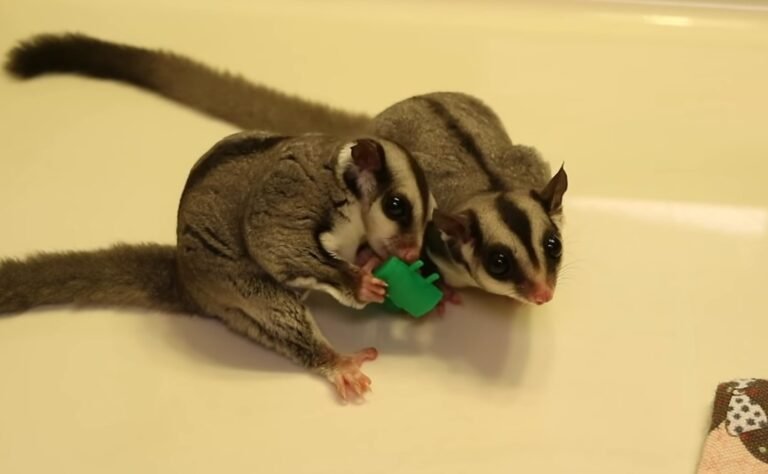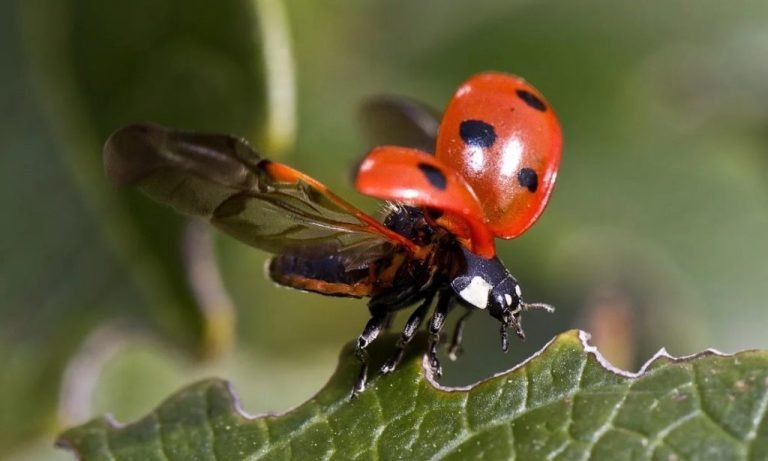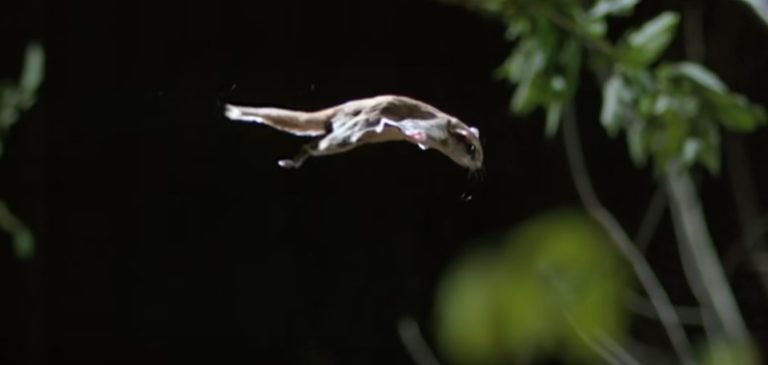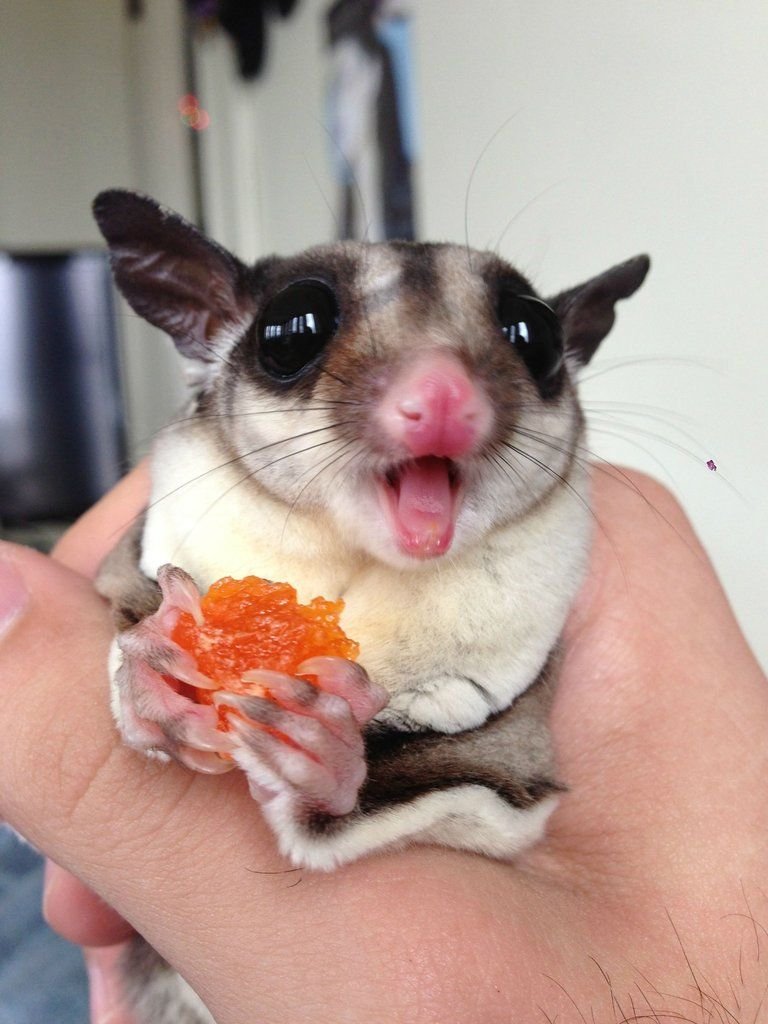How Long Are Sugar Gliders In The Pouch
How long are sugar gliders in the pouch?
Sugar gliders, those adorable little marsupials, spend a significant portion of their early lives in their mother’s pouch. So, how long exactly do sugar gliders stay in the pouch? Let’s find out!
The answer may surprise you. Sugar glider joeys, or baby gliders, are born incredibly tiny and underdeveloped, similar to other marsupials. At birth, they are only about the size of a grain of rice! These little joeys then make their way into their mother’s pouch, where they will spend the majority of their first few months.
Development in the pouch
During their time in the pouch, sugar glider joeys continue to grow and develop. They rely on their mother for warmth, protection, and nourishment. The mother sugar glider produces milk, which the joeys feed on while in the pouch. The milk provides them with the essential nutrients they need to thrive and grow.

The duration in the pouch
Now, for the burning question – how long do sugar gliders stay in the pouch? On average, sugar glider joeys spend around 70 to 80 days inside their mother’s pouch. This period can vary slightly depending on various factors such as the health of the joey and the mother, environmental conditions, and other factors.
During these 70 to 80 days, the joeys go through significant growth and development. They grow rapidly, gaining weight and size, and their bodies start to develop the necessary structures and features to survive outside of the pouch.
After this period, the joeys start to venture out of the pouch, exploring their surroundings and becoming more independent. They continue to rely on their mother for care, guidance, and protection, but they no longer spend all their time inside the pouch.
Leaving the pouch
Around the 70 to 80-day mark, sugar glider joeys start to show signs of readiness to leave the pouch. They become more active and curious, eagerly peeking out of the pouch and even attempting short trips outside. This transition period is vital for their development and prepares them for life outside the pouch.
Moreover, the mother sugar glider also plays a crucial role in this process. She aids the joeys by encouraging them to take their first steps outside of the pouch and helps them adjust to their new surroundings. She provides them with the necessary guidance to learn essential skills such as gliding, climbing, and finding food.
Frequently Asked Questions
A. How do sugar gliders reproduce?
Sugar gliders have a unique reproductive system. Female sugar gliders have two uteri and give birth to extremely underdeveloped joeys after a short gestation period of only around 15 to 17 days. The newborn joeys then crawl their way into the mother’s pouch, where they continue to develop and grow.
B. What is the purpose of the pouch?
The pouch serves as a protected and nurturing environment for the sugar glider joeys. Inside the pouch, they find warmth, safety, and a readily available food source in the form of their mother’s milk. The pouch also helps the mother sugar glider keep her joeys close and secure while allowing her freedom of movement.
C. When do sugar gliders start breeding?
Sugar gliders reach sexual maturity at around 4 to 6 months of age. However, it is generally recommended to wait until they are closer to 1 year old before breeding them. Breeding them too early can have detrimental effects on their health and development.
Final Thoughts
In conclusion, sugar glider joeys spend approximately 70 to 80 days in their mother’s pouch. This time is crucial for their growth and development, as they rely on their mother for nourishment and protection. The pouch provides a safe and nurturing environment for the joeys until they are ready to explore the world outside. So, the next time you encounter these adorable marsupials, you’ll have a better understanding of their early stages of life and the importance of their pouch.

